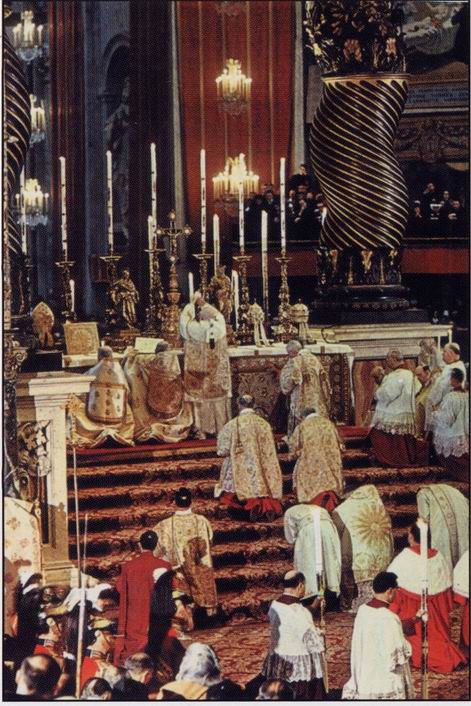 His Holiness, Pope Benedict XVI, in releasing the motu proprio Summorum Pontificum, is not merely liberating the preconciliar Rite of the Mass, but is acting to restore the hermeneutic of continuity in the interpretation of Vatican II as one among the 21 ecumenical councils of the Catholic Church and not some super council as both the ultra-traditionalists and liberals who share a hermeneutic of rupture are wont to believe. No rapprochement with the SSPX can occur with just the liberation of the Mass without the theological clarifications that underlie the perceived shift in the Church's dogma as Bishop Fellay and the motu proprio both acknowledge. The first step, the (re?)interpretation of Vatican II within the living tradition of the Church needs to be done.
His Holiness, Pope Benedict XVI, in releasing the motu proprio Summorum Pontificum, is not merely liberating the preconciliar Rite of the Mass, but is acting to restore the hermeneutic of continuity in the interpretation of Vatican II as one among the 21 ecumenical councils of the Catholic Church and not some super council as both the ultra-traditionalists and liberals who share a hermeneutic of rupture are wont to believe. No rapprochement with the SSPX can occur with just the liberation of the Mass without the theological clarifications that underlie the perceived shift in the Church's dogma as Bishop Fellay and the motu proprio both acknowledge. The first step, the (re?)interpretation of Vatican II within the living tradition of the Church needs to be done.His Holiness is acting with that vision in mind in the latest important act of his pontificate in releasing this document, long hoped for by people from the continuity school of interpretation. The many documents of Vatican II, because of their ambiguous wording, perhaps intentionally inserted as time bombs by theological liberals, laid themselves open to misinterpretation and distortion to fit the various liberal agendas in vogue at the time.
Bear in mind that the 3 thousand bishops who voted on the Council documents were overwhelmingly conservative appointees of Pope Pius XII who were rather at a loss with the whole idea of collegiality and were often swept away in the post-conciliar wave and ceded the actual implementation of the conciliar decrees to 'experts' who were brought in from the 'progressive' countries advocating 'reform'. Many of these bishops were quite unhappy with the way the decrees were implemented and went along with it because that seemed to be the mind of the Church at the time, through it was not what they had in mind when they casted their votes. Rome's lack of guidance was not very helpful either.
One of the main requests from the continuity school is for an authoritative interpretation of the various contentious phrases in the Vatican II documents. And the first and most important of these, asides the idea of religious freedom, is the phrase subsistit in, subsists in to refer the relationship between the Church of Christ and the Catholic Church found in the Dogmatic Constitution on the Church, Lumen Gentium.
 Before this, the Church of Christ, the One True Church, is the Catholic Church, full stop. The One True Church of Christ = Catholic Church. That's it. All the other people were wrong and were were right and, extra ecclesiam nulla salus and all that, the only sure way of salvation is to become Catholic. [Not that that's not true now, so if you're reading this and you're not Catholic, you know what to do.] Then came subsistit in and suddenly, all sorts of interpretations started making the rounds asserting that the Catholic Church is one Church among many and the Church of Christ subsists in other Churches as well.
Before this, the Church of Christ, the One True Church, is the Catholic Church, full stop. The One True Church of Christ = Catholic Church. That's it. All the other people were wrong and were were right and, extra ecclesiam nulla salus and all that, the only sure way of salvation is to become Catholic. [Not that that's not true now, so if you're reading this and you're not Catholic, you know what to do.] Then came subsistit in and suddenly, all sorts of interpretations started making the rounds asserting that the Catholic Church is one Church among many and the Church of Christ subsists in other Churches as well.Previous clarifications and even the declaration Dominus Iesus, issued by the CDF under the former Cardinal Ratzinger were still open to misinterpretations by some theological liberals enamoured with their conception of what they want the Church to be, a Church in their image, as it were, sacrificing truth on the altar of ecumenism.
Here, finally, after all the pleas, questions and dubiums, as the document itself acknowledges, is an authoritative interpretation of subsistit in and the clear and unequivocal statement that Lumen Gentium, and by extension, Vatican II, did not and never did intend to change any received doctrine of the deposit of faith.
Thank God and Pope Benedict for another great gift to the Church.
From VIS.
DOCUMENT REGARDING CERTAIN ASPECTS OF CHURCH DOCTRINE VATICAN CITY, JUL 10, 2007 (VIS) - Made public today was a document from the Congregation for the Doctrine of the Faith: "Responses to some Questions Regarding Certain Aspects of the Doctrine on the Church." It is dated June 29, Solemnity of Sts. Peter and Paul, Apostles, and bears the signatures of Cardinal William Joseph Levada and Archbishop Angelo Amato S.D.B., respectively prefect and secretary of the congregation. The document has been published in Latin, Italian, French, English, German, Spanish, Portuguese and Polish. The complete English-language version is given below: "
"The Second Vatican Council, with its Dogmatic Constitution 'Lumen gentium,' and its Decrees on ecumenism ('Unitatis redintegratio') and the Oriental Churches ('Orientalium Ecclesiarum'), has contributed in a decisive way to the renewal of Catholic ecclesiology. The Supreme Pontiffs have also contributed to this renewal by offering their own insights and orientations for praxis: Paul VI in his Encyclical Letter 'Ecclesiam suam' (1964) and John Paul II in his Encyclical Letter 'Ut unum sint' (1995). "The consequent duty of theologians to expound with greater clarity the diverse aspects of ecclesiology has resulted in a flowering of writing in this field. In fact it has become evident that this theme is a most fruitful one which, however, has also at times required clarification by way of precise definition and correction, for instance in the declaration 'Mysterium Ecclesiae' (1973), the Letter addressed to the Bishops of the Catholic Church 'Communionis notio' (1992), and the declaration 'Dominus Iesus' (2000), all published by the Congregation for the Doctrine of the Faith. "The vastness of the subject matter and the novelty of many of the themes involved continue to provoke theological reflection. Among the many new contributions to the field, some are not immune from erroneous interpretation which in turn give rise to confusion and doubt. A number of these interpretations have been referred to the attention of the Congregation for the Doctrine of the Faith. Given the universality of Catholic doctrine on the Church, the Congregation wishes to respond to these questions by clarifying the authentic meaning of some ecclesiological expressions used by the Magisterium which are open to misunderstanding in the theological debate.
 "Responses to the Questions "First Question: Did the Second Vatican Council change the Catholic doctrine on the Church? "
"Responses to the Questions "First Question: Did the Second Vatican Council change the Catholic doctrine on the Church? "
Response: The Second Vatican Council neither changed nor intended to change this doctrine, rather it developed, deepened and more fully explained it. "This was exactly what John XXIII said at the beginning of the Council. Paul VI affirmed it and commented in the act of promulgating the Constitution Lumen Gentium: 'There is no better comment to make than to say that this promulgation really changes nothing of the traditional doctrine. What Christ willed, we also will. What was, still is. What the Church has taught down through the centuries, we also teach. In simple terms that which was assumed, is now explicit; that which was uncertain, is now clarified; that which was meditated upon, discussed and sometimes argued over, is now put together in one clear formulation.' The Bishops repeatedly expressed and fulfilled this intention. " [Andrew: The whole paragraph goes to great lengths to stress the continuity aspect of Vatican II. The ghosts of the Spirit of Vatican II and the Bologna school of interpretation can be finally exorcised.]
"Second Question: What is the meaning of the affirmation that the Church of Christ subsists in the Catholic Church?
Response: Christ 'established here on earth' only one Church[The Oneness of the Church as confessed by the Creeds is again re-affirmed against the 'branch theory'. This is an important affirmation because of the 'on earth' clarification. There is only one Church established by Christ on earth and the Catholic Church is it.] and instituted it as a 'visible and spiritual community',[Andrew: Again, 'visible' to reinforce that the Catholic Church is the sole expression of the One Church established by Christ against the 'invisible' one Church theory used by some to get around the Creed.] that from its beginning and throughout the centuries has always existed and will always exist, and in which alone are found all the elements that Christ himself instituted. [Andrew: Elements. All the elements of the Church exists only in the Catholic Church and all the other ecclesial communities and even the Orthodox Church, which are Churches in the proper sense, lack one or more of these elements which are completely present only in the visible Catholic Church governed by the successor of Peter on earth.] 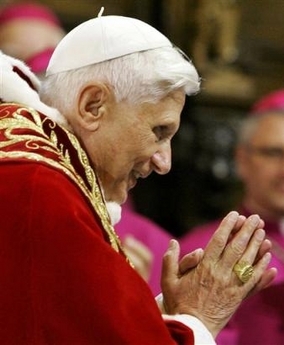 'This one Church of Christ, which we confess in the Creed as one, holy, catholic and apostolic. ... This Church, constituted and organized in this world as a society, subsists in the Catholic Church, governed by the successor of Peter and the Bishops in communion with him'. "In number 8 of the Dogmatic Constitution 'Lumen Gentium' 'subsistence' means this perduring, historical continuity and the permanence of all the elements instituted by Christ in the Catholic Church, in which the Church of Christ is concretely found on this earth. "It is possible, according to Catholic doctrine, to affirm correctly that the Church of Christ is present and operative in the churches and ecclesial Communities not yet fully in communion with the Catholic Church, on account of the elements of sanctification and truth that are present in them. Nevertheless, the word 'subsists' can only be attributed to the Catholic Church alone precisely because it refers to the mark of unity that we profess in the symbols of the faith (I believe... in the 'one' Church); and this 'one' Church subsists in the Catholic Church.
'This one Church of Christ, which we confess in the Creed as one, holy, catholic and apostolic. ... This Church, constituted and organized in this world as a society, subsists in the Catholic Church, governed by the successor of Peter and the Bishops in communion with him'. "In number 8 of the Dogmatic Constitution 'Lumen Gentium' 'subsistence' means this perduring, historical continuity and the permanence of all the elements instituted by Christ in the Catholic Church, in which the Church of Christ is concretely found on this earth. "It is possible, according to Catholic doctrine, to affirm correctly that the Church of Christ is present and operative in the churches and ecclesial Communities not yet fully in communion with the Catholic Church, on account of the elements of sanctification and truth that are present in them. Nevertheless, the word 'subsists' can only be attributed to the Catholic Church alone precisely because it refers to the mark of unity that we profess in the symbols of the faith (I believe... in the 'one' Church); and this 'one' Church subsists in the Catholic Church.
"Third Question: Why was the expression 'subsists in' adopted instead of the simple word 'is'? "
 Response: The use of this expression, which indicates the full identity of the Church of Christ with the Catholic Church, does not change the doctrine on the Church. [Andrew: So, you can still use The One Church of Christ = Catholic Church] Rather, it comes from and brings out more clearly the fact that there are 'numerous elements of sanctification and of truth' which are found outside her structure, but which 'as gifts properly belonging to the Church of Christ, impel towards Catholic Unity.' "'It follows that these separated churches and Communities, though we believe they suffer from defects, are deprived neither of significance nor importance in the mystery of salvation. In fact the Spirit of Christ has not refrained from using them as instruments of salvation, whose value derives from that fullness of grace and of truth which has been entrusted to the Catholic Church.' [Andrew: This is from the idea that the Church is a sacrament of salvation and all the elements found outside Her are derived from Her. So grace and truth do exist outside the Catholic Church but the fullness is found only within Her and all the elements that are found outside Her also come from Her as the source. This is found in Dominus Iesus and was the source of mush criticism from the other ecclesial communities, the defective ones =)]
Response: The use of this expression, which indicates the full identity of the Church of Christ with the Catholic Church, does not change the doctrine on the Church. [Andrew: So, you can still use The One Church of Christ = Catholic Church] Rather, it comes from and brings out more clearly the fact that there are 'numerous elements of sanctification and of truth' which are found outside her structure, but which 'as gifts properly belonging to the Church of Christ, impel towards Catholic Unity.' "'It follows that these separated churches and Communities, though we believe they suffer from defects, are deprived neither of significance nor importance in the mystery of salvation. In fact the Spirit of Christ has not refrained from using them as instruments of salvation, whose value derives from that fullness of grace and of truth which has been entrusted to the Catholic Church.' [Andrew: This is from the idea that the Church is a sacrament of salvation and all the elements found outside Her are derived from Her. So grace and truth do exist outside the Catholic Church but the fullness is found only within Her and all the elements that are found outside Her also come from Her as the source. This is found in Dominus Iesus and was the source of mush criticism from the other ecclesial communities, the defective ones =)]
 "Fourth Question: Why does the Second Vatican Council use the term 'Church' in reference to the oriental Churches separated from full communion with the Catholic Church? "Response: The Council wanted to adopt the traditional use of the term. 'Because these Churches, although separated, have true sacraments and above all - because of the apostolic succession - the priesthood and the Eucharist, by means of which they remain linked to us by very close bonds,' they merit the title of 'particular or local Churches,' and are called sister Churches of the particular Catholic Churches. [Andrew: Thus the particular Orthodox Churches, ie the Orthodox Church in Russia may be called sister Churches to the particular Catholic Church, ie the Church of Rome or the Church of Penang, but not a sister Church to the Catholic Church who is the Mother of All the Churches. The Church needs to breathe with 2 lungs, East and West but the Catholic Church is not 'incomplete' and does not lack any Catholicity because of the schism with the particular Orthodox Churches. The Orthodox Churches and the Catholic Church do not both constitute the One Church of Christ; that designation belongs to the Catholic Church alone.]
"Fourth Question: Why does the Second Vatican Council use the term 'Church' in reference to the oriental Churches separated from full communion with the Catholic Church? "Response: The Council wanted to adopt the traditional use of the term. 'Because these Churches, although separated, have true sacraments and above all - because of the apostolic succession - the priesthood and the Eucharist, by means of which they remain linked to us by very close bonds,' they merit the title of 'particular or local Churches,' and are called sister Churches of the particular Catholic Churches. [Andrew: Thus the particular Orthodox Churches, ie the Orthodox Church in Russia may be called sister Churches to the particular Catholic Church, ie the Church of Rome or the Church of Penang, but not a sister Church to the Catholic Church who is the Mother of All the Churches. The Church needs to breathe with 2 lungs, East and West but the Catholic Church is not 'incomplete' and does not lack any Catholicity because of the schism with the particular Orthodox Churches. The Orthodox Churches and the Catholic Church do not both constitute the One Church of Christ; that designation belongs to the Catholic Church alone.] 'It is through the celebration of the Eucharist of the Lord in each of these Churches that the Church of God is built up and grows in stature.' However, since communion with the Catholic Church, the visible head of which is the Bishop of Rome and the Successor of Peter, is not some external complement to a particular Church but rather one of its internal constitutive principles, these venerable Christian communities lack something in their condition as particular churches." [Andrew: An uncharitable interpretation would be to say that since the promulgation of Pastor Aeternus, the particular Orthodox Churches are not only schismatic but heretical, in the technical sense of the word, because they deny the dogma of Papal Infallibility which Vatican I solemnly pronounced.] On the other hand, because of the division between Christians, the fullness of universality, which is proper to the Church governed by the Successor of Peter and the Bishops in communion with him, is not fully realized in history.
'It is through the celebration of the Eucharist of the Lord in each of these Churches that the Church of God is built up and grows in stature.' However, since communion with the Catholic Church, the visible head of which is the Bishop of Rome and the Successor of Peter, is not some external complement to a particular Church but rather one of its internal constitutive principles, these venerable Christian communities lack something in their condition as particular churches." [Andrew: An uncharitable interpretation would be to say that since the promulgation of Pastor Aeternus, the particular Orthodox Churches are not only schismatic but heretical, in the technical sense of the word, because they deny the dogma of Papal Infallibility which Vatican I solemnly pronounced.] On the other hand, because of the division between Christians, the fullness of universality, which is proper to the Church governed by the Successor of Peter and the Bishops in communion with him, is not fully realized in history.
"Fifth Question: Why do the texts of the Council and those of the Magisterium since the Council not use the title of 'Church' with regard to those Christian Communities born out of the Reformation of the sixteenth century?
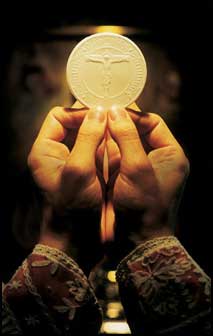 "Response: According to Catholic doctrine, these Communities do not enjoy apostolic succession in the sacrament of Orders, and are, therefore, deprived of a constitutive element of the Church. [Andrew: Though the Orthodox Churches lack communion with the successor of Peter, they do not lack a constitutive element or essential element without which a Church does not exists. The Eucharist, the source and summit of the Church is one of these constitutive elements which requires a validly ordained priesthood to confect.] These ecclesial Communities which, specifically because of the absence of the sacramental priesthood, have not preserved the genuine and integral substance of the Eucharistic Mystery cannot, according to Catholic doctrine, be called 'Churches' in the proper sense. "
"Response: According to Catholic doctrine, these Communities do not enjoy apostolic succession in the sacrament of Orders, and are, therefore, deprived of a constitutive element of the Church. [Andrew: Though the Orthodox Churches lack communion with the successor of Peter, they do not lack a constitutive element or essential element without which a Church does not exists. The Eucharist, the source and summit of the Church is one of these constitutive elements which requires a validly ordained priesthood to confect.] These ecclesial Communities which, specifically because of the absence of the sacramental priesthood, have not preserved the genuine and integral substance of the Eucharistic Mystery cannot, according to Catholic doctrine, be called 'Churches' in the proper sense. "
The Supreme Pontiff Benedict XVI, at the Audience granted to the undersigned Cardinal Prefect of the Congregation for the Doctrine of the Faith, ratified and confirmed these Responses, adopted in the Plenary Session of the Congregation, and ordered their publication."
The Responses are accompanied by a commentary which explains: "In this document the Congregation for the Doctrine of the Faith is responding to a number of questions concerning the overall vision of the Church which emerged from the dogmatic and ecumenical teachings of the Second Vatican Council. ... The Council 'of the Church on the Church'." "This new document of the Congregation for the Doctrine of the Faith, which essentially summarizes the teaching of the Council and the post-conciliar Magisterium, constitutes a clear reaffirmation of Catholic doctrine on the Church. Apart from dealing with certain unacceptable ideas which have unfortunately spread around the Catholic world, it offers valuable indications for the future of ecumenical dialogue. [Andrew: The ecumenism of return?] This dialogue remains one of the priorities of the Catholic Church. ... However, if such dialogue is to be truly constructive it must involve not just the mutual openness of the participants but also fidelity to the identity of the Catholic faith." [Andrew: Meaning Cardinal Kasper should give away the shop. There can be no true dialogue without Truth, though the Truth must be spoken in charity, it must still be spoken.] "Catholic ecumenism might seem, at first sight, somewhat paradoxical. The Second Vatican Council II used the phrase 'subsistit in' in order to try to harmonize two doctrinal affirmations: on the one hand, that despite all the divisions between Christians the Church of Christ continues to exist fully only in the Catholic Church, and on the other hand that numerous elements of sanctification and truth do exist without the visible boundaries of the Catholic Church whether in the particular Churches or in the ecclesial Communities that are not fully in communion with the Catholic Church." "Although the Catholic Church has the fullness of the means of salvation, 'nevertheless, the divisions among Christians prevent the Church from effecting the fullness of catholicity proper to her in those of her children who, though joined to her by baptism, are yet separated from full communion with her.' The fullness of the Catholic Church, therefore, already exists, but still has to grow in the brethren who are not yet in full communion with it and also in its own members who are sinners." [Andrew: As said earlier, the Catholic Church lacks nothing in her 'churchiness' but until it embraces all the followers of Christ, as expressed by His Holy will in the High Priestly prayer of John 17, there's still room for that 'churchiness' to grow.]
This dialogue remains one of the priorities of the Catholic Church. ... However, if such dialogue is to be truly constructive it must involve not just the mutual openness of the participants but also fidelity to the identity of the Catholic faith." [Andrew: Meaning Cardinal Kasper should give away the shop. There can be no true dialogue without Truth, though the Truth must be spoken in charity, it must still be spoken.] "Catholic ecumenism might seem, at first sight, somewhat paradoxical. The Second Vatican Council II used the phrase 'subsistit in' in order to try to harmonize two doctrinal affirmations: on the one hand, that despite all the divisions between Christians the Church of Christ continues to exist fully only in the Catholic Church, and on the other hand that numerous elements of sanctification and truth do exist without the visible boundaries of the Catholic Church whether in the particular Churches or in the ecclesial Communities that are not fully in communion with the Catholic Church." "Although the Catholic Church has the fullness of the means of salvation, 'nevertheless, the divisions among Christians prevent the Church from effecting the fullness of catholicity proper to her in those of her children who, though joined to her by baptism, are yet separated from full communion with her.' The fullness of the Catholic Church, therefore, already exists, but still has to grow in the brethren who are not yet in full communion with it and also in its own members who are sinners." [Andrew: As said earlier, the Catholic Church lacks nothing in her 'churchiness' but until it embraces all the followers of Christ, as expressed by His Holy will in the High Priestly prayer of John 17, there's still room for that 'churchiness' to grow.]
![[Unam Sanctam]](https://blogger.googleusercontent.com/img/b/R29vZ2xl/AVvXsEiymQ2adTjpZ1ABhPBbBBquiPCxeQrc4Jy_97vOikT0wGQeJleriiXQy6ebnb0jrYe-TfvcK77txStB4aIwVAdD41ZdMkVfNtFGC0JX6LBV9B8mfeRZaIAM7Sj-011ag3DiKQzv/s1600/headerdivinemercy.jpg)
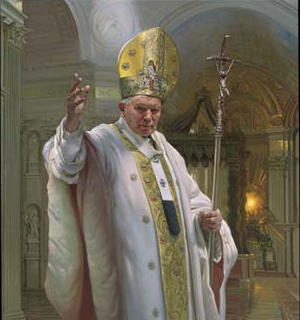












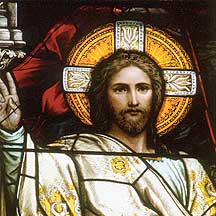
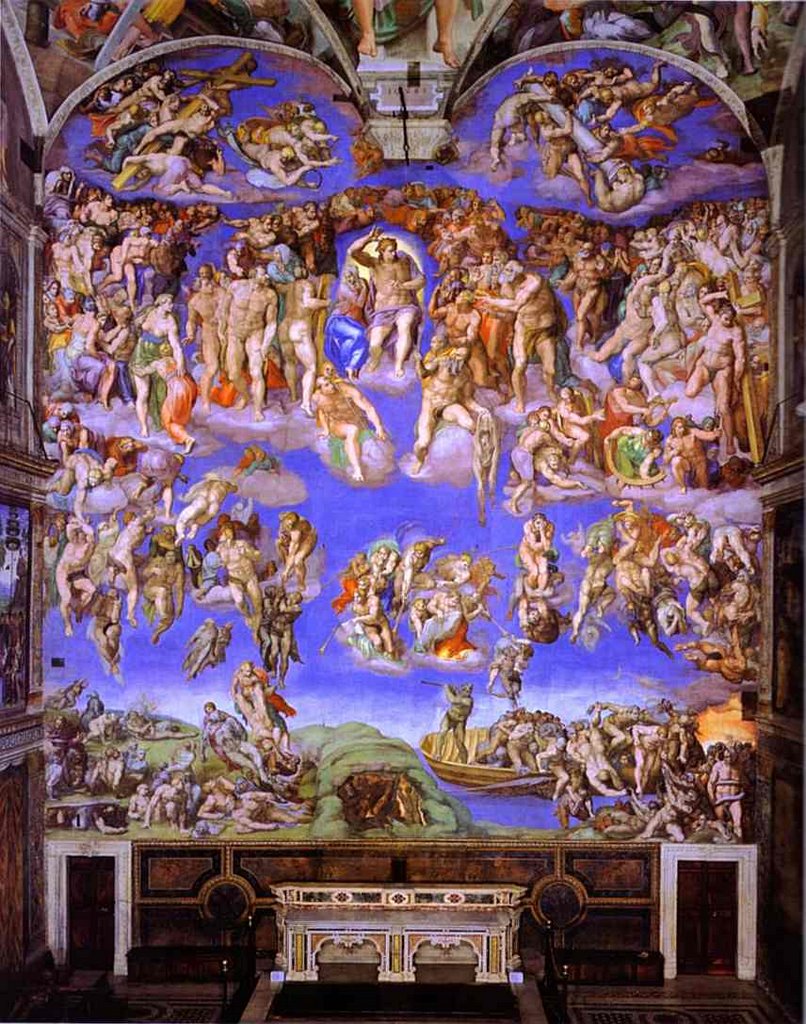


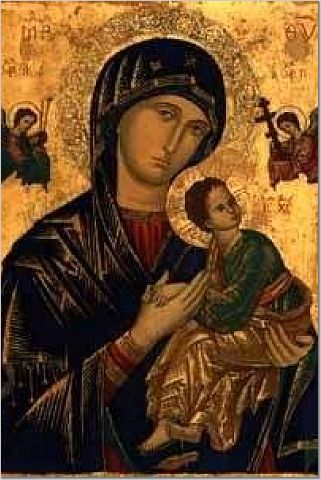



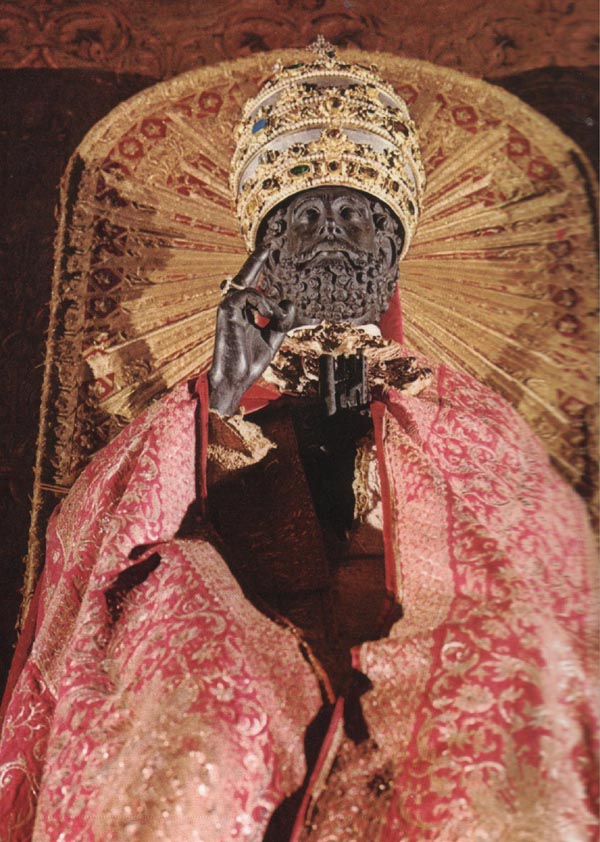
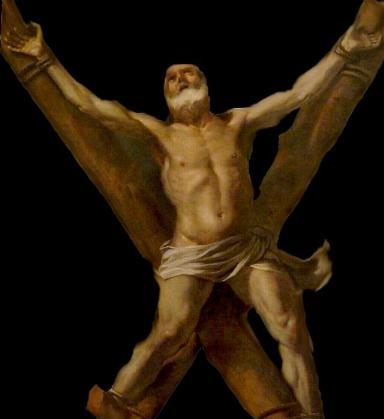

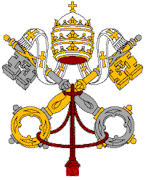








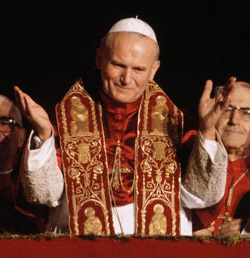
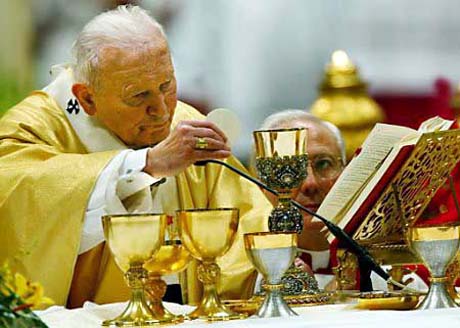
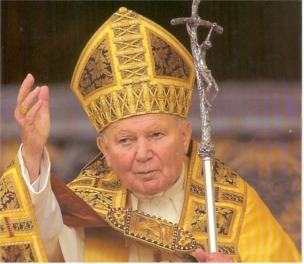








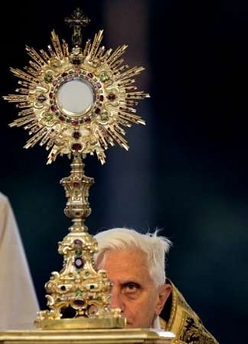

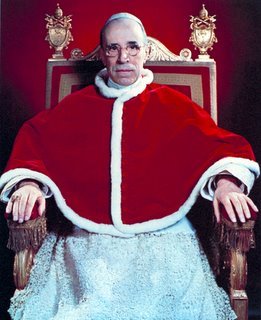




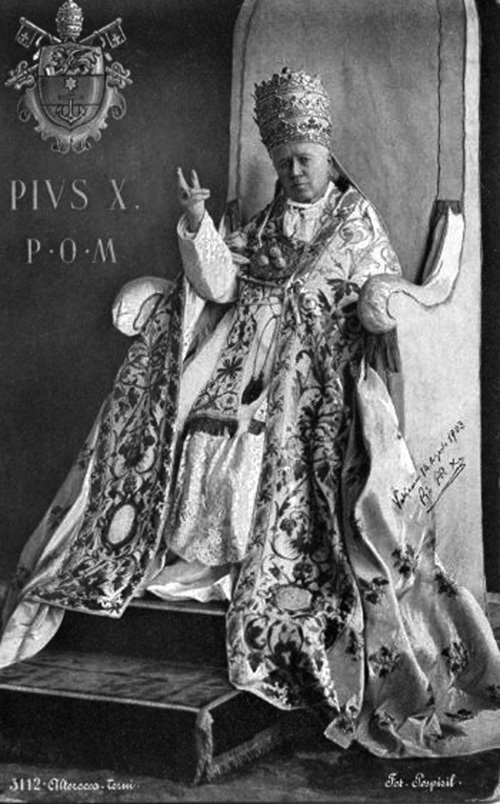








4 comments:
Hello!
I hope you don't me posting this here (because I want to make sure you see it).
I'm a first time visitor to your site, and I found it when looking for information on Catholicism in Thailand. If you don't mind, here's a question:
Do you know of any Latin Masses or Eastern Rite Divine Liturgies in Thailand (specifically in Bangkok or Chiang Mai)?
Thanks!
I'm so sorry Anonymous, but I haven't the slightest idea. I only know of an Eastern Orthodox centre in Singapore. It's Russian, I believe. But not in Thailand.
Funny you mention it though, because I'll be in Chiangmai and Bangkok next week, so do let me know if you find out.
comprehensive. I like it
Andrew,
Yes. I'm well aware of the options in Singapore (being that I have quite a few contacts there), but I'm moreso interested in Thailand. Let ME know if you hear about anything when you're over there please?
Anonymous
P.S. Pud pasathai dai mai?
Post a Comment